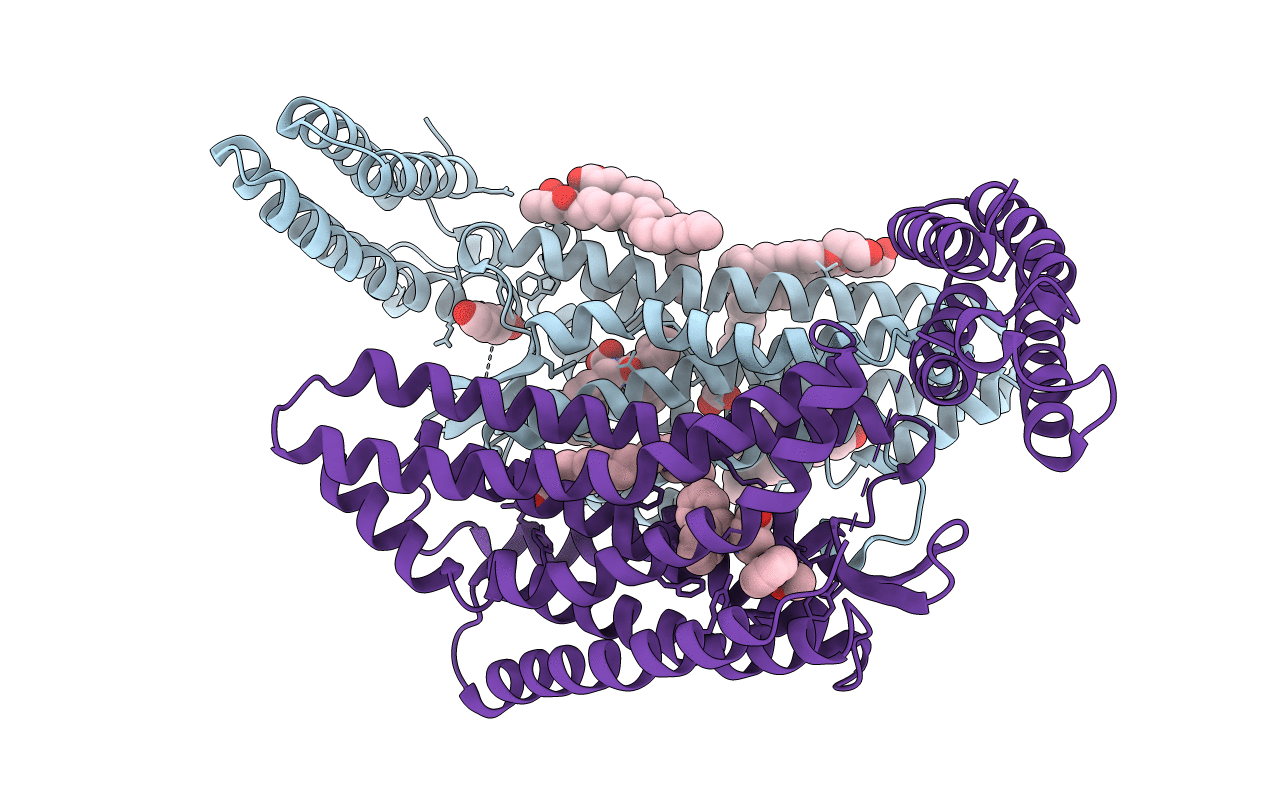
Deposition Date
2020-08-04
Release Date
2022-02-09
Last Version Date
2023-10-18
Entry Detail
PDB ID:
7JNI
Keywords:
Title:
Crystal structure of the angiotensin II type 2 receptoror (AT2R) in complex with EMA401
Biological Source:
Source Organism:
Escherichia coli (Taxon ID: 562)
Homo sapiens (Taxon ID: 9606)
Homo sapiens (Taxon ID: 9606)
Host Organism:
Method Details:
Experimental Method:
Resolution:
3.00 Å
R-Value Free:
0.27
R-Value Work:
0.23
R-Value Observed:
0.23
Space Group:
P 1 21 1


